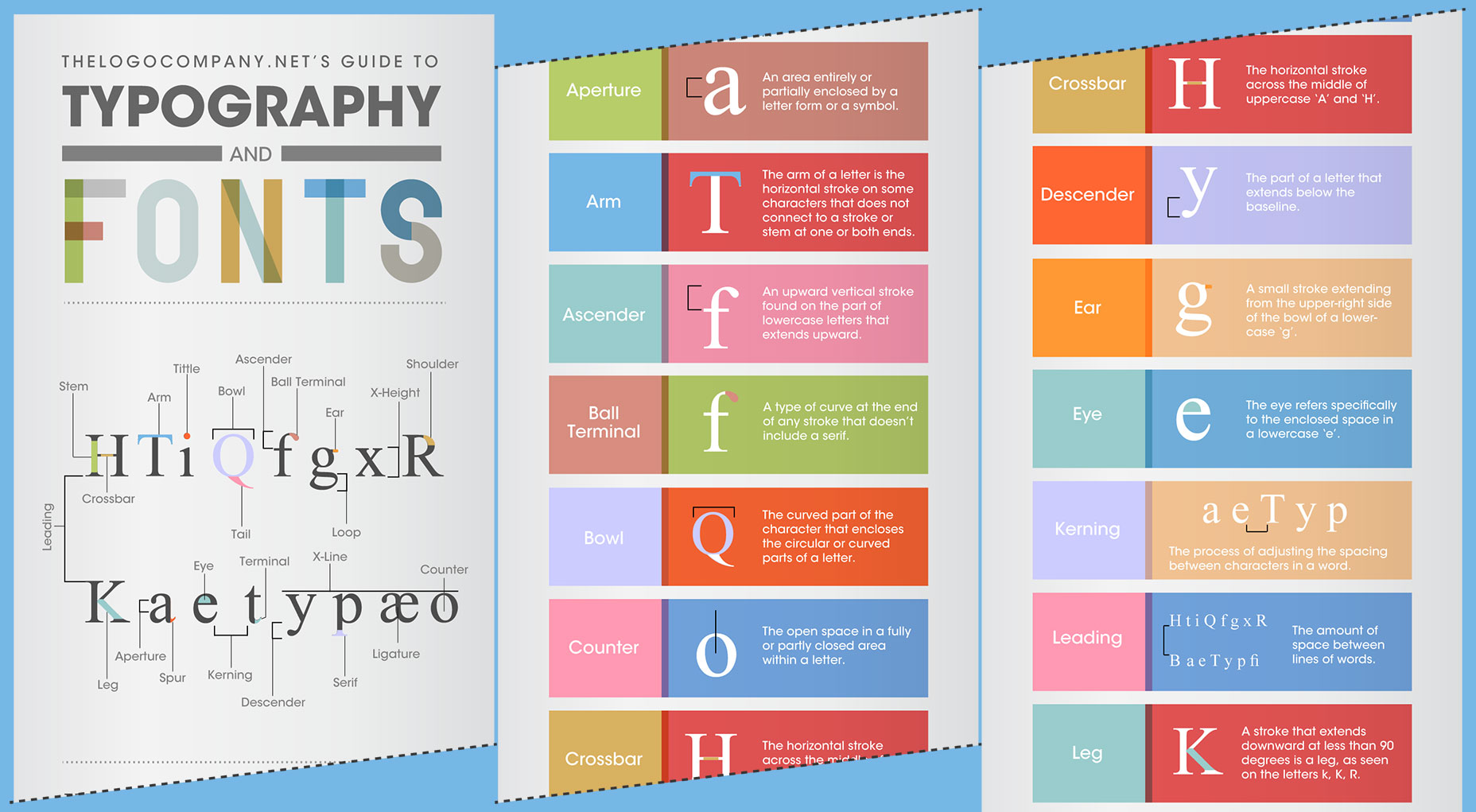

Perfect infographics start with a thesis
The number one thing to understand about designing successful infographics is that it cannot just be “a bunch of stats or other figures arranged visually on a page.” Infographics, like any other marketing collateral, are used best when they're telling a story. In this particular case, that story just happens to be told primarily with figures and data as opposed to good, old-fashioned text. Because of this, before you even get into the visual element of your Infographics you'll need to settle on a thesis statement: What exactly are you trying to say? What impression do you want the reader to take away when they finally get to the end? The answer to this question will dictate every choice you make moving forward, so it’s an important one to settle on as quickly as possible.Structuring your infographic
Once you've settled on the story you're trying to tell, the next thing to do is to nail down your structure. Think of it a bit like telling a joke: First you introduce the setup, meaning the context that people need to understand what is to come; then, you expand on that setup and offer the hook (the thing that keeps people interested); finally, you hit them with the punch line (the surprise at the end of the joke that generates the laugh). If you don't have these core elements, or if they're not in the appropriate order, your joke (or in this case, your infographic) won't be nearly as successful as you need. In terms of infographics, the ideal structure is as follows:- Introduce your topic, either by way of a short block of text or by a bold opening fact or figure.
- Introduce a complication. This is a problem that you're offering a solution to, or an idea that you're going to be expanding on.
- Expand on that complication. Your reader should learn why this topic is important and should slowly be able to get an idea of what you're trying to say about it.
- Finally, the conclusion. This is the period on the end of your sentence that sums up what someone has learned, what they can do with this information and where they can find more if they so choose.

Don't forget about design
Just because you can make an infographic without a graphic design degree, doesn't mean you can throw out all the tried-but-true rules of visual communication. The data you arrange should naturally flow from top to bottom. These elements should be presented in a way that guides the reader from one point to the next, often without them even realizing you're in control in the first place. Each data point should build and expand on the one that came before it, eventually leading the reader directly to the beautiful climax (or punch line) that they were after in the first place.Payman Taei
Payman is the founder of Visme, a tool for creating infographics and other engaging content. He loves to write about topics that help fuel people's design and communication skills.
Read Next
3 Essential Design Trends, November 2024
Touchable texture, distinct grids, and two-column designs are some of the most trending website design elements of…
20 Best New Websites, October 2024
Something we’re seeing more and more of is the ‘customizable’ site. Most often, this means a button to swap between…
Exciting New Tools for Designers, October 2024
We’ve got goodies for designers, developers, SEO-ers, content managers, and those of you who wear multiple hats. And,…
15 Best New Fonts, September 2024
Welcome to our roundup of the best new fonts we’ve found on the web in the previous four weeks. In this month’s edition…
By Simon Sterne
3 Essential Design Trends, October 2024
This article is brought to you by Constantino, a renowned company offering premium and affordable website design
You…
A Beginner’s Guide to Using BlueSky for Business Success
In today’s fast-paced digital world, businesses are always on the lookout for new ways to connect with their audience.…
By Louise North
The Importance of Title Tags: Tips and Tricks to Optimize for SEO
When it comes to on-page SEO, there’s one element that plays a pivotal role in both search engine rankings and user…
By Simon Sterne
20 Best New Websites, September 2024
We have a mixed bag for you with both minimalist and maximalist designs, and single pagers alongside much bigger, but…
Exciting New Tools for Designers, September 2024
This time around we are aiming to simplify life, with some light and fast analytics, an all-in-one productivity…
3 Essential Design Trends, September 2024
September's web design trends have a fun, fall feeling ... and we love it. See what's trending in website design this…
Crafting Personalized Experiences with AI
Picture this: You open Netflix, and it’s like the platform just knows what you’re in the mood for. Or maybe you’re…
By Simon Sterne
15 Best New Fonts, August 2024
Welcome to August’s roundup of the best fonts we’ve found over the last few weeks. 2024’s trend for flowing curves and…
By Ben Moss















